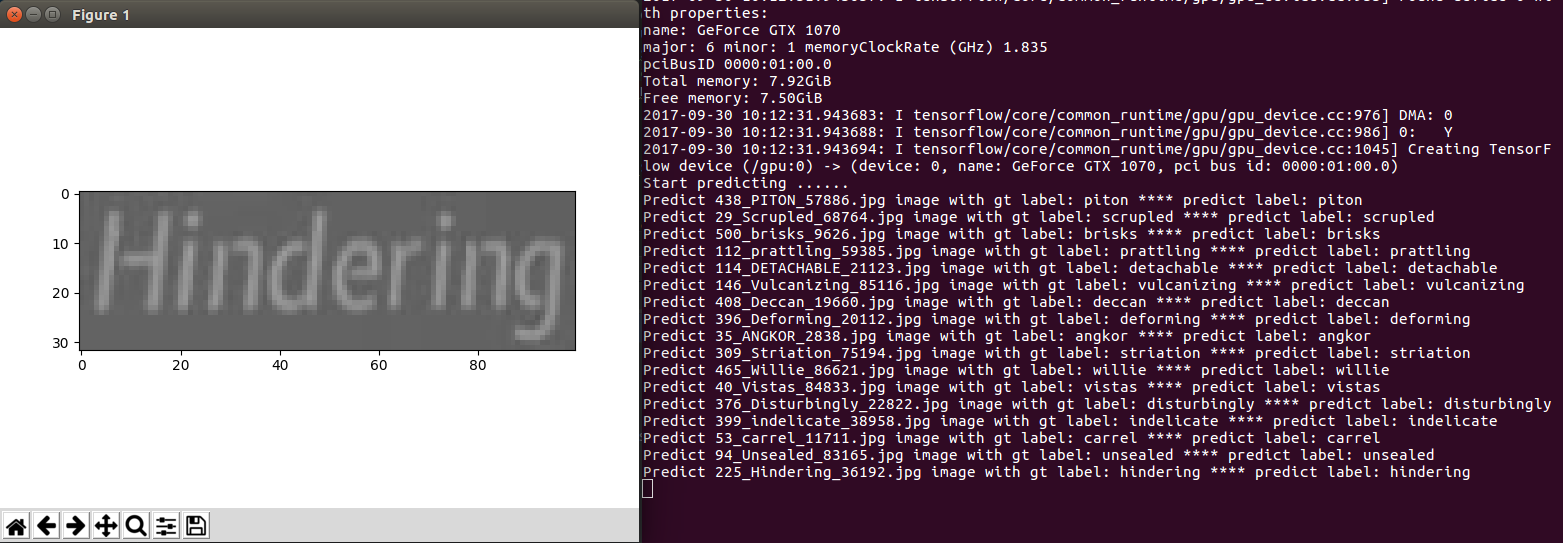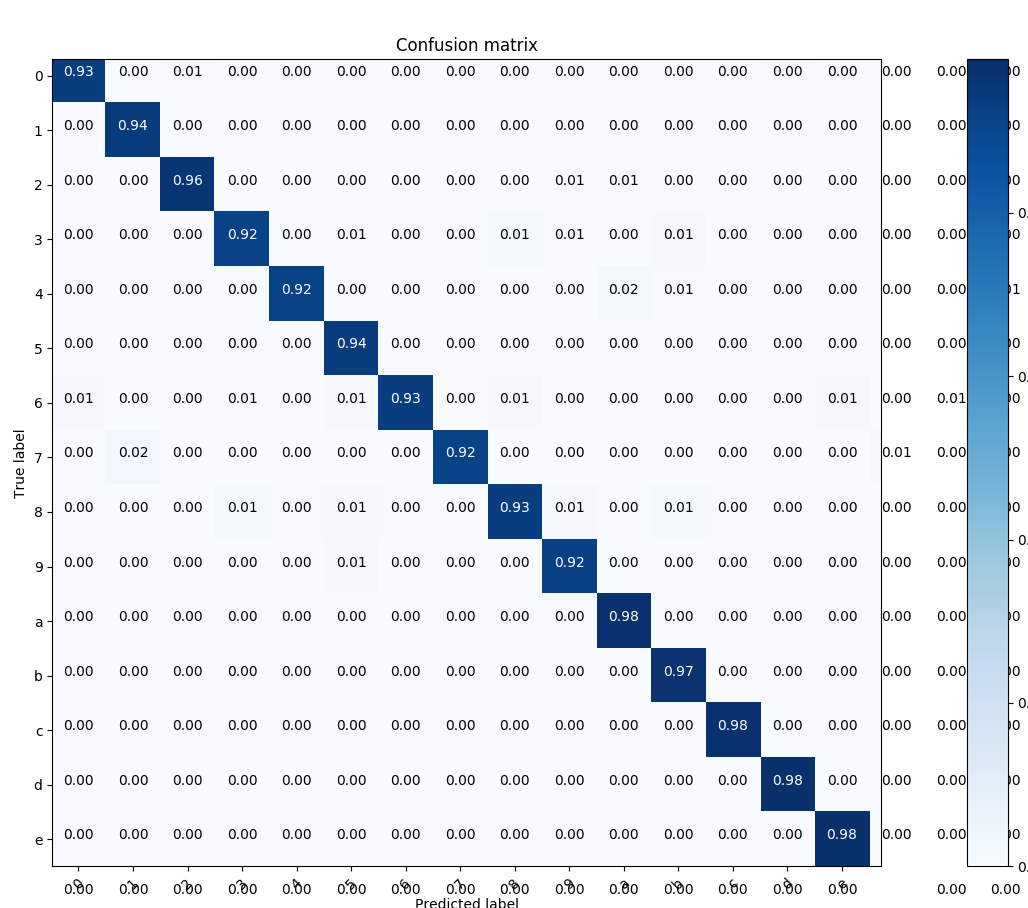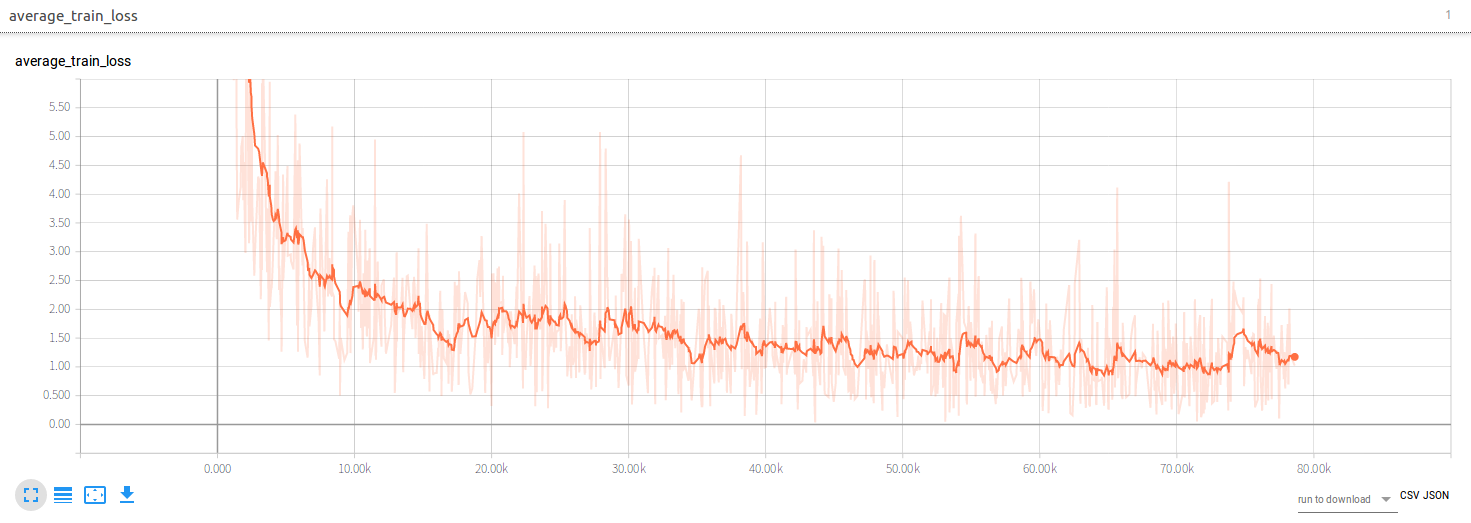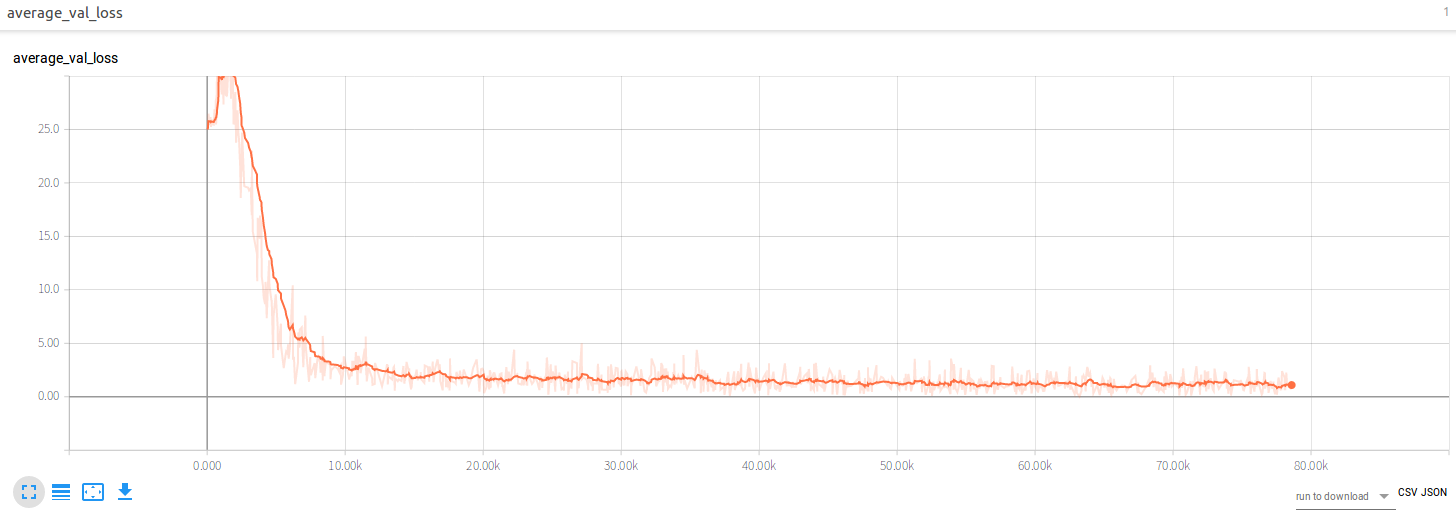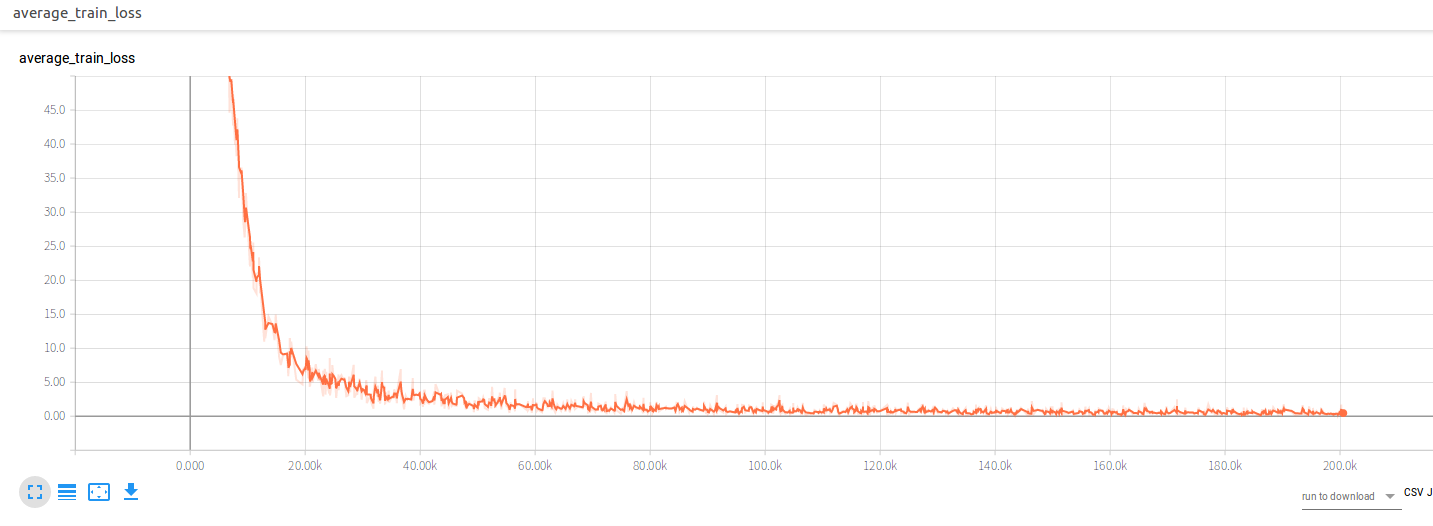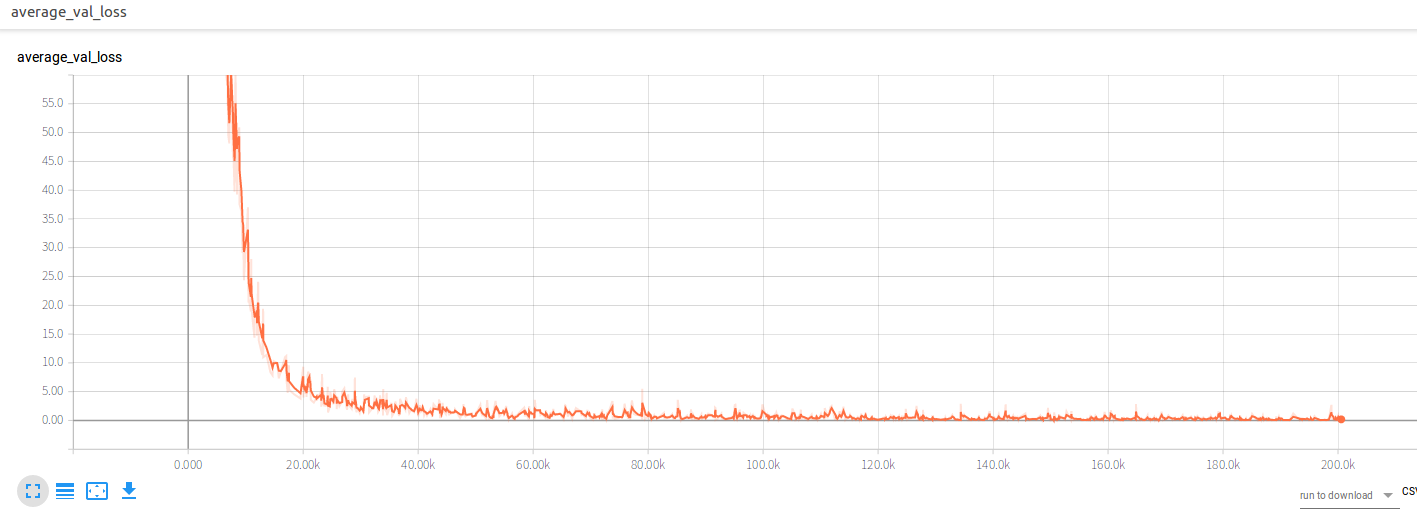This is a TensorFlow implementation of a Deep Neural Network for scene text recognition. It is mainly based on the paper "An End-to-End Trainable Neural Network for Image-based Sequence Recognition and Its Application to Scene Text Recognition". You can refer to the paper for architecture details. Thanks to the author Baoguang Shi.
The model consists of a CNN stage extracting features which are fed to an RNN stage (Bi-LSTM) and a CTC loss.
This software has been developed on Ubuntu 16.04(x64) using python 3.5 and TensorFlow 1.12. Since it uses some recent features of TensorFlow it is incompatible with older versions.
The following methods are provided to install dependencies:
You can create a conda environment with the required dependencies using:
conda env create -f crnntf-env.yml
Required packages may be installed with
pip3 install -r requirements.txt
In this repo you will find a model pre-trained on the Synth 90kdataset. When the tfrecords file of synth90k dataset has been successfully generated you may evaluated the model by the following script
The pretrained crnn model weights on Synth90k dataset can be found here
python tools/evaluate_shadownet.py --dataset_dir PATH/TO/YOUR/DATASET_DIR
--weights_path PATH/TO/YOUR/MODEL_WEIGHTS_PATH
--char_dict_path PATH/TO/CHAR_DICT_PATH
--ord_map_dict_path PATH/TO/ORD_MAP_PATH
--process_all 1 --visualize 1
If you set visualize true the expected output during evaluation process is
After all the evaluation process is done you should see some thing like this:
The model's main evaluation index are as follows:
Test Dataset Size: 891927 synth90k test images
Per char Precision: 0.974325 without average weighted on each class
Full sequence Precision: 0.932981 without average weighted on each class
For Per char Precision:
single_label_accuracy = correct_predicted_char_nums_of_single_sample / single_label_char_nums
avg_label_accuracy = sum(single_label_accuracy) / label_nums
For Full sequence Precision:
single_label_accuracy = 1 if the prediction result is exactly the same as label else 0
avg_label_accuracy = sum(single_label_accuracy) / label_nums
Part of the confusion matrix of every single char looks like this:
If you want to test a single image you can do it with
python tools/test_shadownet.py --image_path PATH/TO/IMAGE
--weights_path PATH/TO/MODEL_WEIGHTS
--char_dict_path PATH/TO/CHAR_DICT_PATH
--ord_map_dict_path PATH/TO/ORD_MAP_PATH
Example test_01.jpg
Example test_02.jpg
Example test_03.jpg
Download the whole synth90k dataset here And extract all th files into a root dir which should contain several txt file and several folders filled up with pictures. Then you need to convert the whole dataset into tensorflow records as follows
python tools/write_tfrecords
--dataset_dir PATH/TO/SYNTH90K_DATASET_ROOT_DIR
--save_dir PATH/TO/TFRECORDS_DIR
During converting all the source image will be scaled into (32, 100)
For all the available training parameters, check global_configuration/config.py,
then train your model with
python tools/train_shadownet.py --dataset_dir PATH/TO/YOUR/TFRECORDS
--char_dict_path PATH/TO/CHAR_DICT_PATH
--ord_map_dict_path PATH/TO/ORD_MAP_PATH
If you wish, you can add more metrics to the training progress messages with
--decode_outputs 1, but this will slow
training down. You can also continue the training process from a snapshot with
python tools/train_shadownet.py --dataset_dir PATH/TO/YOUR/TFRECORDS
--weights_path PATH/TO/YOUR/PRETRAINED_MODEL_WEIGHTS
--char_dict_path PATH/TO/CHAR_DICT_PATH --ord_map_dict_path PATH/TO/ORD_MAP_PATH
If you has multiple gpus in your local machine you may use multiple gpu training to access a larger batch size input data. This will be supported as follows
python tools/train_shadownet.py --dataset_dir PATH/TO/YOUR/TFRECORDS
--char_dict_path PATH/TO/CHAR_DICT_PATH --ord_map_dict_path PATH/TO/ORD_MAP_PATH
--multi_gpus 1
The sequence distance is computed by calculating the distance between two sparse tensors so the lower the accuracy value is the better the model performs. The training accuracy is computed by calculating the character-wise precision between the prediction and the ground truth so the higher the better the model performs.
Thanks for Eldon's contribution of tensorflow service function:)
Since tensorflow model server is a very powerful tools to serve the DL model in industry environment. Here's a script for you to convert the checkpoints model file into tensorflow saved model which can be used with tensorflow model server to serve the CRNN model. If you can not run the script normally you may need to check if the checkpoint file path is correct in the bash script.
bash tfserve/export_crnn_saved_model.sh
To start the tensorflow model server you may check following script
bash tfserve/run_tfserve_crnn_gpu.sh
There are two different ways to test the python client of crnn model. First you may test the server via http/rest request by running
python tfserve/crnn_python_client_via_request.py ./data/test_images/test_01.jpg
Second you may test the server via grpc by running
python tfserve/crnn_python_client_via_grpc.py
The original experiment run for 2000000 epochs, with a batch size of 32,
an initial learning rate of 0.01 and exponential
decay of 0.1 every 500000 epochs. During training the train loss dropped as
follows
The val loss dropped as follows
I have uploaded a newly trained crnn model on chinese dataset which can be found here. Sorry for not knowing the owner of the dataset. But thanks for his great work. If someone knows it you're welcome to let me know. The pretrained weights can be found here
Before start training you may need reorgnize the dataset's label information according to the synth90k dataset's format if you want to use the same data feed pip line mentioned above. Now I have reimplemnted a more efficient tfrecords writer which will accelerate the process of generating tfrecords file. You may refer to the code for details. Some information about training is listed bellow:
image size: (280, 32)
classes nums: 5824 without blank
sequence length: 70
training sample counts: 2733004
validation sample counts: 364401
testing sample counts: 546601
batch size: 32
training iter nums: 200000
init lr: 0.01
Example test_01.jpg
Example test_02.jpg
Example test_03.jpg
The val loss dropped as follows
Add a small demo to recognize chinese pdf using the chinese crnn model weights. If you want to have a try you may follow the command:
cd CRNN_ROOT_REPO
python tools/recongnize_chinese_pdf.py -c ./data/char_dict/char_dict_cn.json
-o ./data/char_dict/ord_map_cn.json --weights_path model/crnn_chinese/shadownet.ckpt
--image_path data/test_images/test_pdf.png --save_path pdf_recognize_result.txt
You should see the same result as follows:
The left image is the recognize result displayed on console and the right image is the origin pdf image.
The left image is the recognize result written in local file and the right
image is the origin pdf image.
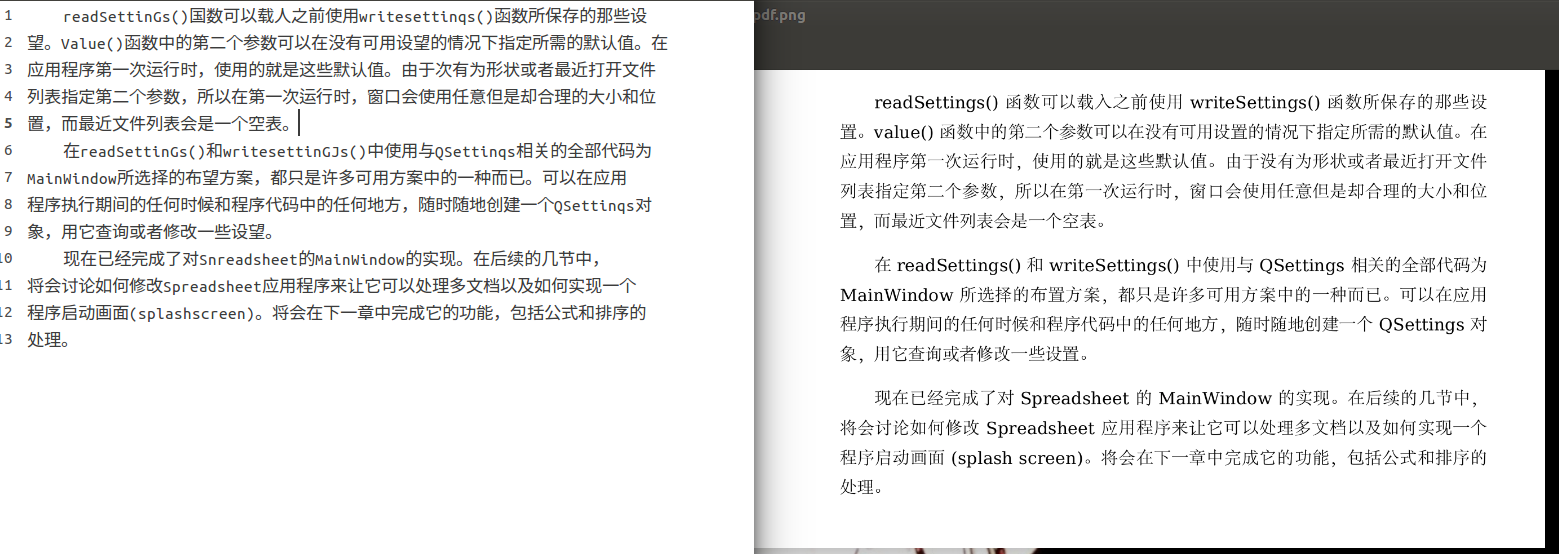
- Add new model weights trained on the whole synth90k dataset
- Add multiple gpu training scripts
- Add new pretrained model on chinese dataset
- Add an online toy demo
- Add tensorflow service script
Please cite my repo CRNN_Tensorflow if you use it.
